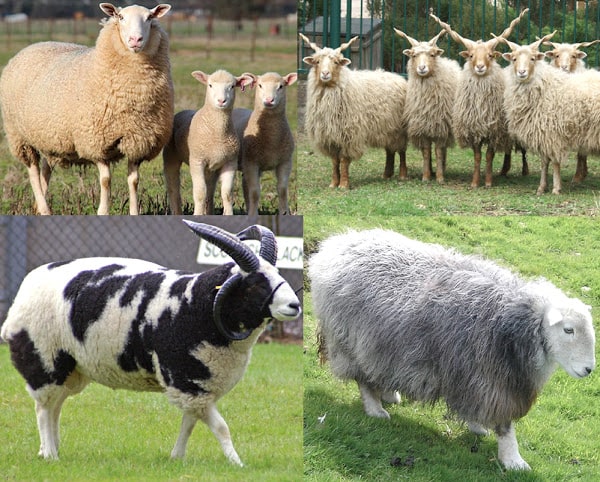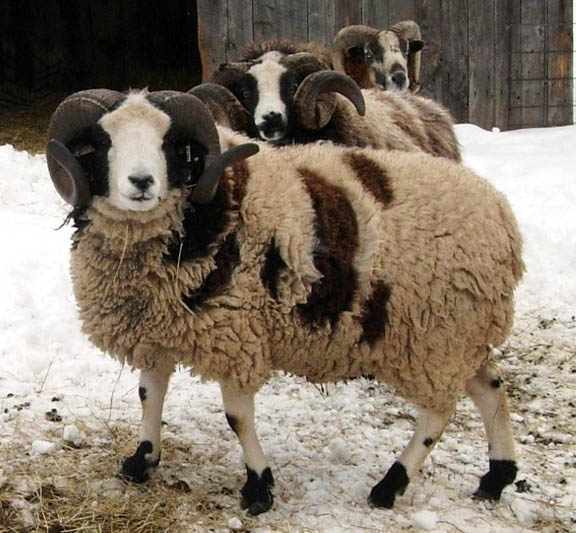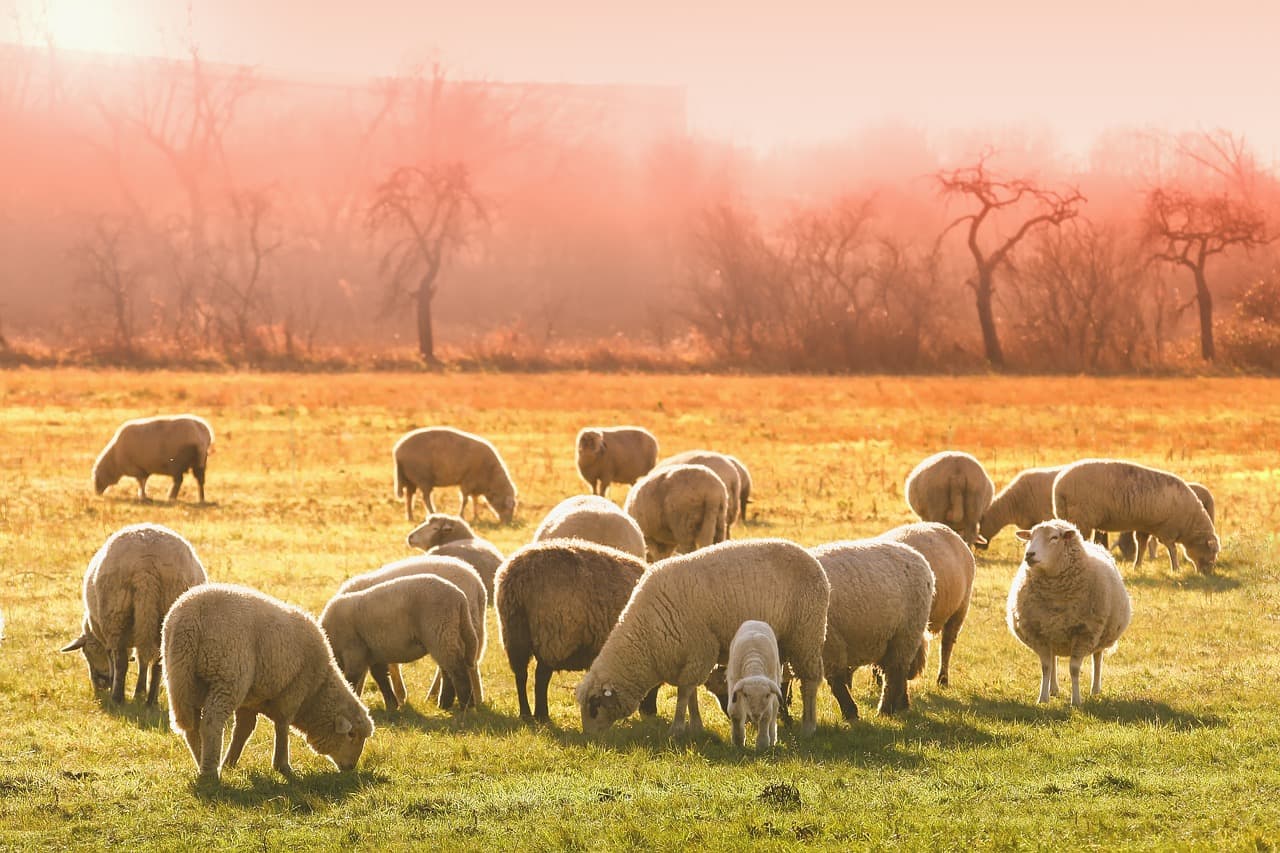Sheep are a part of livestock that benefits man in several ways. From meat to wool, the animals are a very reliable means of livelihood. It is quite hard to determine the exact number of breeds. This is because it is alleged that after poultry, the livestock in discussion top in numbers. Successively, there are over two-hundred types globally.
For more agriculturally and tech developed countries like the US, registries are used. The animals differ in size, shape, color, and functionality.

Different Sheep Breeds
The domestic animals favor well is hot and wet areas. Their skin, fur, and meat are very appreciated in the market. So how are the breeds categorized?
Meat Sheep Breed
Lamb and mutton have, over time, been part of great cuisines. Domesticating, therefore, has excellent yields at affordable costs. A hasty increase in weight characterizes this class. At around four months of age, a lamb weighs nearly twice as other sorts do. The weight gain persists until one year, where the respective lamb’s weight will be 10 % shy of an adult sheep.
This category can be further be split into fat-tailed or meat-fat depending on your region. Every animal has its unique characteristics, but they all share some features.
- Skinny bones.
- Remarkable stamina.
- Sturdy build with finely honed muscles.
- Strong and robust immunity.
- Thin skin with an abundant fat layer that grows.
- Potency with fast maturing of lambs.
- Great year-round grazers.
- The excellent yield of meat and its products.
Some examples are:
Suffolk
This specific kind is big, well-built, with a long body, black legs and face. They are very productive and are ready for the market within 9-12 weeks. The meat is more than fat and has a fantastic flavor.
Dorper
The breed of South African descent is resilient and can survive severe weather conditions and environments. The lambs and matured sheep are both used for lean meat. The meat to bone proportion is perfect; therefore, there is less left-over.
Texel
This name might be quite familiar as the sort is famous in America, Australia, Europe, and New Zealand. They’re very muscular and have luscious meat. Additionally, it takes a lesser amount of time to cook as it is very slim and not fatty.
Corriedale
The cross-breed is exceptionally adaptive, and the ewes have extra-ordinary motherly instincts. Due to its being bred for renowned meat, it has grown to be accessible and a good option for gastronomies. Lambs grow so fast and can be slaughtered from the age of ten months.
Wool Sheep Breed
Wool has been essential in many industries. It is used in the production of blankets, clothes, carpets, among others. The wool from the livestock should be:
- Tough and buoyant
- Pliant
- Warm
- Soft
- Rumpled and crimp
Read on to discover some of these animals.

Columbia sheep
They have an insane amount of wool and have been domesticated since 1912. Being a cross-breed of Lincoln and Rambouillet, they have astonishing features. Their intense amount of fleece makes them do well in ranging conditions.
Merino
This breed has unique fine wool. Merino can be bred for wool and meat, and you can differentiate via the physique. The hand-spun is profitable and has lots of uses.
Lincoln
It is recognized worldwide and is enormous with curly fur. Subsequently, the skin is prized and quite exceptional. The wool is very long, bulky, and radiant. The fleece is mixed with mohair to enhance suppleness for handcrafts. They are friendly, peaceful, and passive, which makes them easy to tame.
Poll Dorset
The fleece is beautiful and clear of kemp and dark fiber. The medium-sized breed is also suitable for its milk. The wool is white and very hard-wearing. It is found in significant states in the US as well as in other parts of the world. It reigns over other wool-producing animals with its fertility and rapid growth.
Tsigai sheep
Before 1989, they were kept for wool, but that depreciated since then. Due to the reducing head numbers, the traditional kind is the risk of becoming rare, then extinct. To preserve some of the individualities, they are bred with other animals. For example, with Suffolk for meat and East Fresian for milk.
However, farmers and associations are sweating and working to ensure Tsigai stock is preserved. This is through improved landscape supervision and awareness.









